Workplace dynamics are in a state of constant shift, but is this shift happening in the form of major transformations, or small evolutions? The answer is that it really depends on the industry.
The Future of Work:
Throughout his years of information gathering, Jensen discovered that for some people, like those who pursue a career in tech or the digital world, the future of work is going to be phenomenal with exponential growth, because the world is currently being designed for that industry. But for other people in other industries, the future doesn’t look so bright. A trend appeared in Jensen’s research that he dubbed “The Disruptive Law of One to One.” This phenomenon states that for every person who is empowered in their work-life with amazing opportunities and a limitless future, there is another person who is being hurt by those same opportunities.
More Ability to Connect, Yet Less Connection:
Technology has revolutionized the entire world, and the workplace is no exception. Yet, it’s been seen time and time again that emerging companies with available capital opt for building a brick and mortar business office, asking their employees to pay hand over fist to live in an overpriced area and commute every day when this doesn’t really make sense anymore. However, it’s still common practice because a new model hasn’t been established quite yet. The workplace is in this mix of building regular headquarters and structures, while still trying to promote self-management and working from home. There is also a hesitation from managers that want to have a more active part in knowing their employees are at their desk working, as opposed to empowering people so that they are motivated to work without supervision. The result is messiness that is not conducive to the modern workplace or the future of work.
The Importance of Empathy and Vulnerability:
Empathy is the ability to put oneself in the shoes of another person, and explore that person’s needs. When empathy is brought into the workplace, it can be challenged into design thinking. At its essence, design thinking is the ability to look at every problem, in every situation, from the perspective of the employees, customers, and stakeholders, building from their real and true need, not necessarily what managers think they need. This can require something that may feel counterintuitive to the default perspective, which when empathy becomes disruptive. Disruptive empathy is required to shatter the default perspective of “what do I want?” so that it can be replaced it with “what does the foundation of my organization want?” This shift in perspective is where the modern workplace is headed – and should be headed – in order to create happier employees, customers, and stakeholders and hold people as the highest assets. Another part of empathy is for leaders to show personal vulnerability with employees. As opposed to the machismo tendency of never showing weakness, showing vulnerability and how to overcome vulnerability is an important part of creating connection and realness with employees. Truly great leaders are able to be vulnerable in front of the people they are leading.
A Workforce of Consumers:
100% of an organization’s workforce is made up of consumers. Each and every person buys stuff, and they are evaluating the culture, organization, and structure of the organization they work for from the perspective of a consumer. It’s not just the customer experience of “give us your money,” but rather it’s the employee experience of “give us your extra effort, give us your passion.” Keeping this in mind as the workforce continues to grow and evolve will help leaders create an environment that not only helps their bottom dollar but also helps foster empathy for employees.


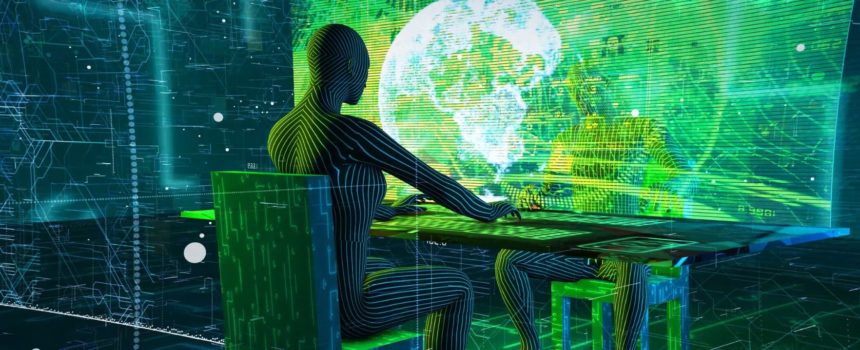
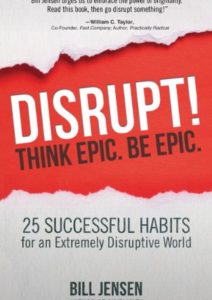
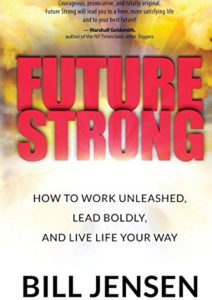
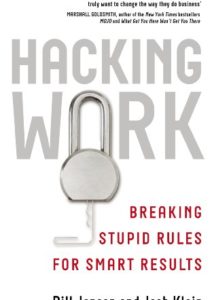
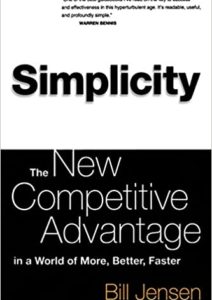
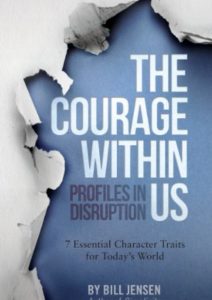

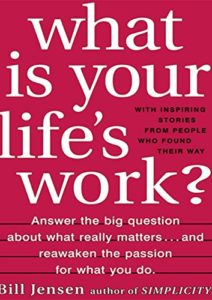
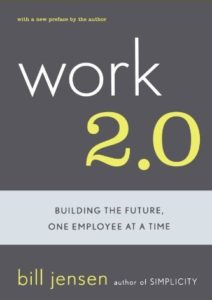









Comments